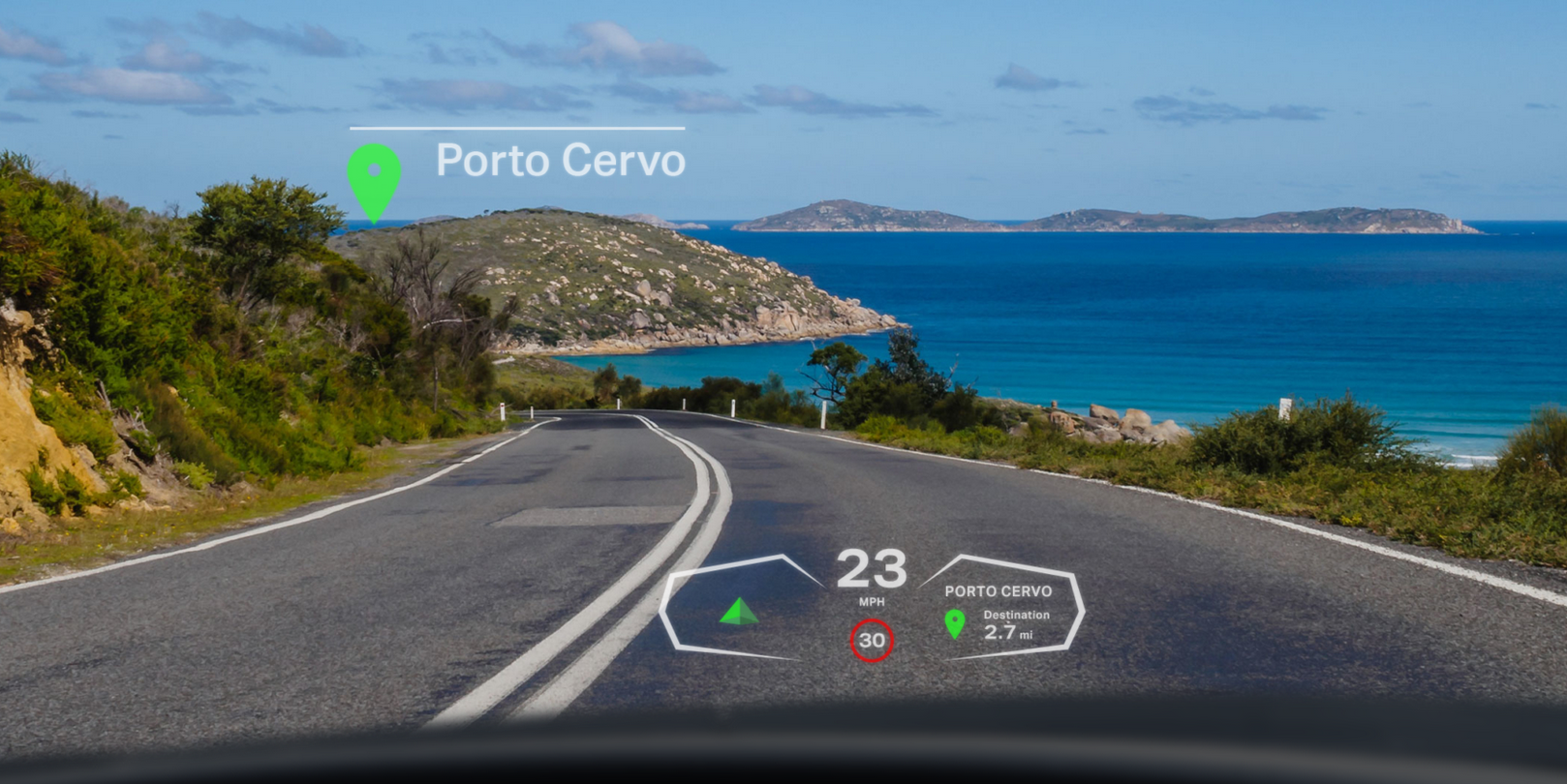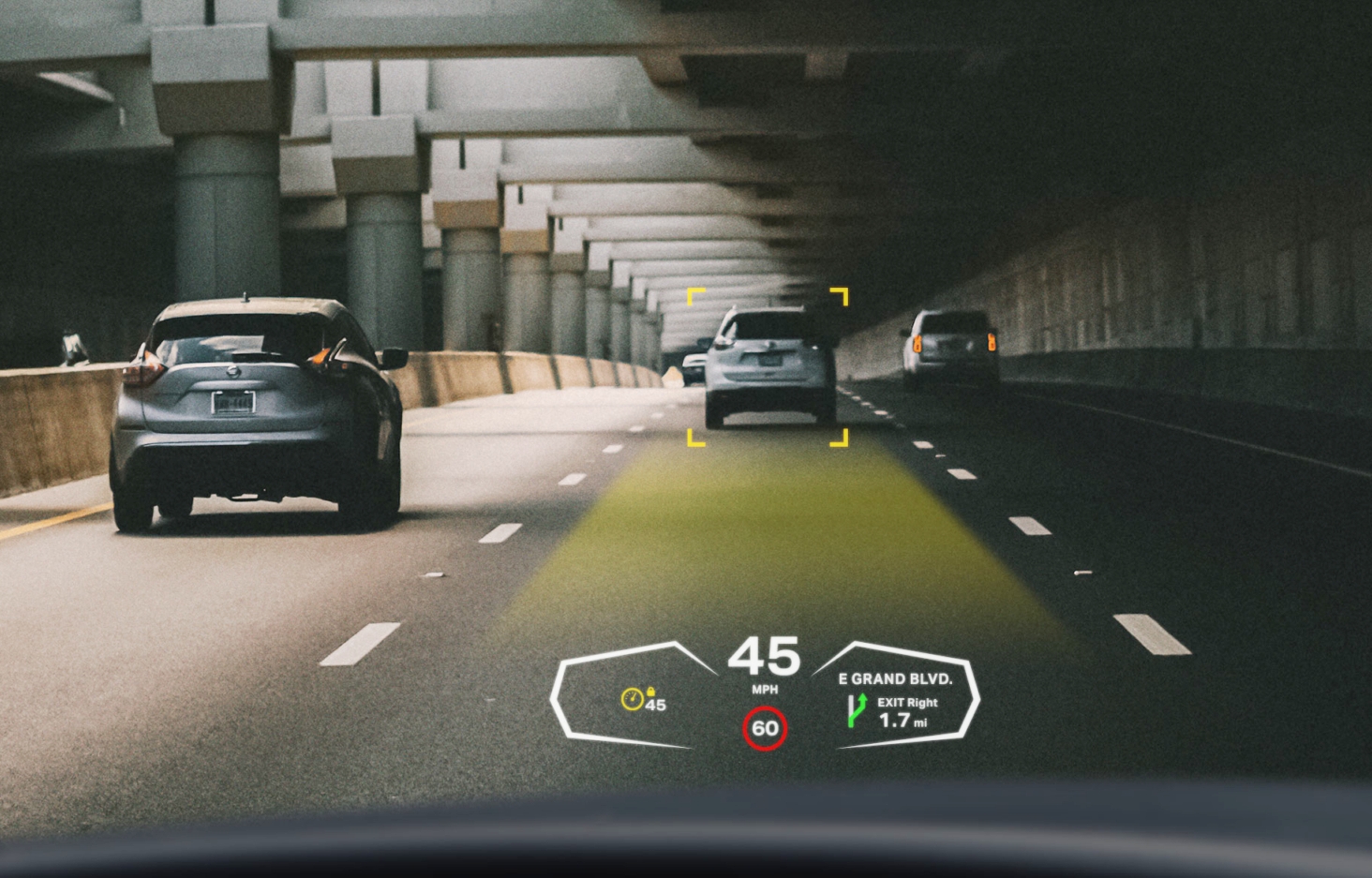Envisics Raises $50 Million for AR Holographic Displays on Car Windshields
The UK-based startup Envisics has raised $50 Million in a series B funding round to be used in developing Augmented Reality (AR) holographic head-up display (HUD) technology for use in cars. The funding came from a number of automotive giants including General Motors’ VC arm GM Ventures, Hyundai Mobis as well as China’s SAIC Motors’ investment arm SAIC Capital.

HUD technology has been more prevalent in the aviation and military realms where it is deployed to enable pilots and operators to directly view data in their field of vision. In the recent years, the technology has been trickling into the automotive industry with automakers such as BMW embracing HUDs for displaying information like speed and directions on the vehicle’s windshield. In spite of the move to embrace the technology, most modern HUDs still provide very basic graphical functionality with a limited field of view (FOV) that renders images close to the front of the car, basically serving as a secondary display for information that is already visible on the vehicle’s electronic dashboards.
AR-enabled HUDs enables the cars to overlay graphics which can interact with the real-world objects while also leveraging the vehicle sensor data. This, in effect, means that the car’s drive assistance system is able to move beyond the audible alerts and flashing symbols to highlight information such as potential road hazards via the car’s windshield.

You could also have an animated navigation arrow directly displaying a turn that needs to be made as shown below.

Envisics made what was billed as “world’s first laser holographic HUD” which was built for the Jaguar Land Rover in 2014.
Now the company has the backing of some of the world’s leading automakers and is set on launching the next-generation of its HUD technology to the market. The company expects the new technology to be deployed by 2023.
Unlike the first version of the HUD that it built for the Jaguar Land Rover, Envisics’ next-generation HUD will show virtual instrument clusters 2.3m from the drive. According to the company, the technology will also augment the driver’s view of the road and will cover up to three lanes across as well as up to a distance of 100 meters.

As of 2019, the global HUD market was estimated at $930 million. The market is expected to grow to $2.5 billion by 2026 as more manufacturers are expected to adopt HUD technology and the installation costs are also expected to fall. Consumers are also increasingly becoming aware of the benefits that they can derive from HUDs such as navigation and safety warning data that can be projected directly on the driver’s field of vision.
There are startups that are also working to launch AR HUDs to cars across the globe. There is the Swiss startup WayRay which is building a similar holographic technology for vehicles and raised $80 million in 2018 from Hyundai, Porsche and Alibaba among others.
Recently, Mercedes announced that it will be the first automaker to include AR HUD technology in a production vehicle, beginning with its 2021 S-Class. This could herald a major move towards the deployment of AR-enabled HUD technology across the Mercedes lineup in the not so distant future.
Early this year, General Motors’ Cadillac also teased a new HUD for cars known as Lyriq with a dual-pane HUD that can display two images at different depths simultaneously. The Cadillac model will only be launched in the market in 2023 but GM’s investment in Envisics strongly suggests that the AR company will supply the technology for this HUD feature.
https://virtualrealitytimes.com/2020/10/11/envisics-raises-50-million-for-ar-holographic-displays-on-car-windshields/https://virtualrealitytimes.com/wp-content/uploads/2020/10/Envisics-HUD-Display-for-Cars-600x300.pnghttps://virtualrealitytimes.com/wp-content/uploads/2020/10/Envisics-HUD-Display-for-Cars-150x90.pngAugmented RealityTechnologyThe UK-based startup Envisics has raised $50 Million in a series B funding round to be used in developing Augmented Reality (AR) holographic head-up display (HUD) technology for use in cars. The funding came from a number of automotive giants including General Motors’ VC arm GM Ventures, Hyundai Mobis...Sam OchanjiSam Ochanji[email protected]EditorVirtual Reality Times - Metaverse & VR
